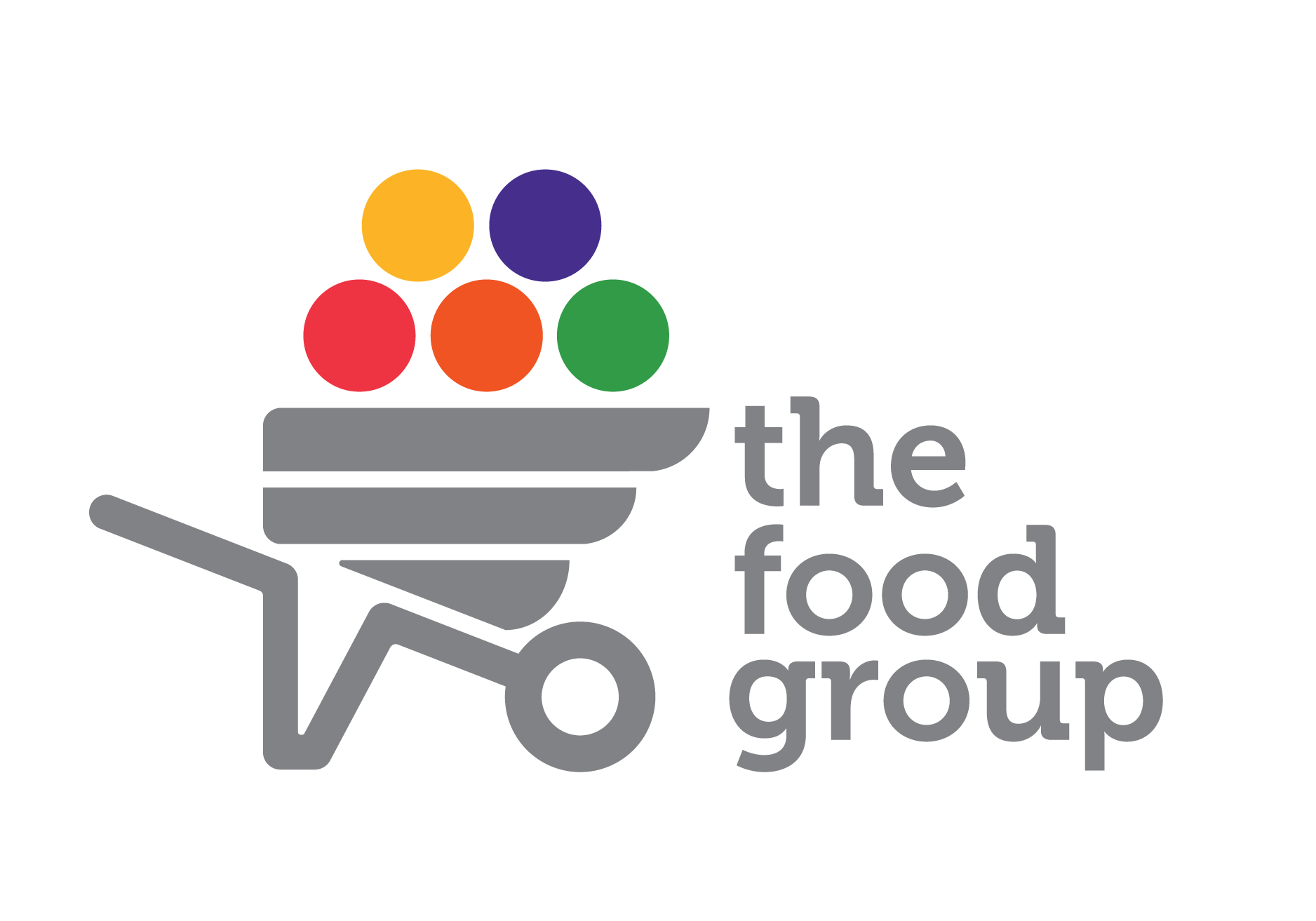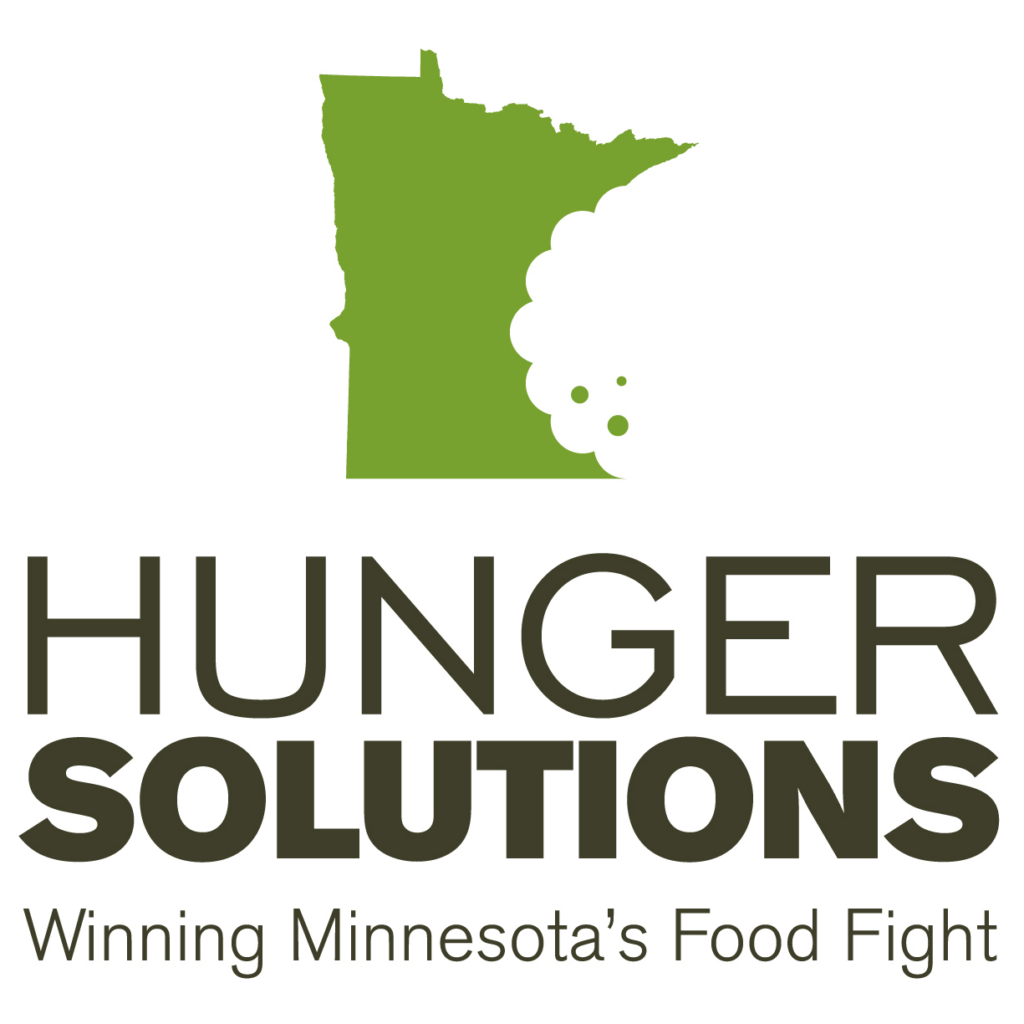How Programs Like Nutritious U Food Pantry Close the Gap for Food-Insecure Students
When people consider all of the different ways they can support their community members experiencing hunger, they often first think about unhoused populations, elderly individuals and families with young children.
These groups certainly need and rely on help from organizations like The Food Group, but there is another community that’s often forgotten about when discussing food insecurity and anti-hunger programs: college students.
Many students today don’t have family financial support for their college and other post-secondary education. Some are the first generation in their family to attend. Some start their studies later on in life once they have families of their own. And many parents simply cannot afford to put their college-aged child through school. These students must use every financial support available to them for their tuition, books, and housing, and many even work multiple jobs between classes to ensure they get a college education.
All of this leaves very little room to pay for necessities like food and groceries. A recent report from The Hope Center at Temple University surveyed more than 74,000 college students at 91 schools across the U.S. and found that 41% of students experience food insecurity, in which a person doesn’t have access to enough food — or enough quality, nutritious food — to meet their basic needs. Survey numbers were even higher for Black and Indigenous students, with 53% and 55% experiencing food insecurity, respectively.
And while benefits from the Supplemental Nutrition Assistance Program (SNAP) can help other communities experiencing hunger, these benefits aren’t always available to college students. To qualify for SNAP, students must meet additional criteria, such as being a single parent or working at least 20 hours per week … a schedule that can be difficult to maintain while enrolled in college coursework. Students relying on federal student aid often do not qualify for SNAP because eligibility as a student is so limited. The U.S. Government Accountability Office estimates that fewer than two in five food-insecure students are eligible for SNAP benefits for these reasons.
Creative solutions are necessary to help make sure college students aren’t skipping meals or going hungry to make ends meet. Enter Boynton Health’s Nutritious U, a partner of The Food Group. This food pantry, located in the University of Minnesota’s Coffman Memorial Union, provides fresh, healthy, and culturally relevant foods for free to students struggling to get enough to eat. Our other college hunger partnership programs include Anoka Ramsey Community College’s food pantry, Campus Kitchen at Augsburg University, St. Paul College’s food pantry, Food For Thought at Hamline University, and St. Kate’s food pantry.
Food insecurity on college campuses is a two-pronged issue, says Karin Onarheim, a licensed social worker and part of the Nutritious U team. It’s about both access and affordability.
“Depending on where a student lives, there may not be a grocery store nearby,” she says. “And even if there are stores nearby, students who can’t afford groceries face additional barriers to access. We focus on both – providing a variety of free foods at a place and time of day that works best for students.”
Many of the items available at these food pantries are sourced by The Food Group, which allows programs like Nutritious U to purchase them at a low cost and pass those savings on to the students it serves.
“Think about a bathtub,” Onarheim suggested. “It represents all of the money that’s flowing in and draining out of a student’s account. The faucets are things like grants, scholarships, money from family, and wages, and then the drains are things like tuition, housing, transportation, personal care products, and food expenses. Anything we can do to either get more money flowing in or make those drains smaller is going to have an impact.”
Another way The Food Group supports our college hunger program clients is by sourcing culturally relevant items that are often harder to find locally but deeply appreciated by diverse student populations.
“Our international students have been saying that our focus on more culturally relevant foods has really made a difference for them,” says Onarheim of Nutritious U. “It helps them save money and time and also gives them a sense of belonging, which is so important. Students tell us all the time how jazzed they are to see these foods on our shelves!”
By helping university food pantries source these harder-to-find, culturally relevant foods — including tofu, fish sauce and halal meat — teams like Onarheim’s are then able to grow their network.
“Our focus for a long time was getting to a point where food-insecure students who visited the pantry got enough food to eat,” Onarheim says. “Now that most of the students who are coming to the pantry are getting more of what they need, we can free up staff time and resources to expand our program to serve more students. It has a huge ripple effect.”
Students are also getting involved at the state level by helping lead the charge to ensure they and their peers have the nutrition they need to succeed and complete their education. During the last legislative session, Students United — a group of Minnesota university students who advocate for higher education policies that positively impact student communities — submitted a letter of support on a bill to improve access to SNAP for college students. Students United is now also advocating for a bill to increase funding for the Hunger Free Campus Grant program, which was passed several years ago to address hunger on college campuses. This program was originally pitched and developed by Minnesota State University-Mankato social work students.
To learn more about The Food Group’s college hunger partnerships on or near your local university campus, visit:


